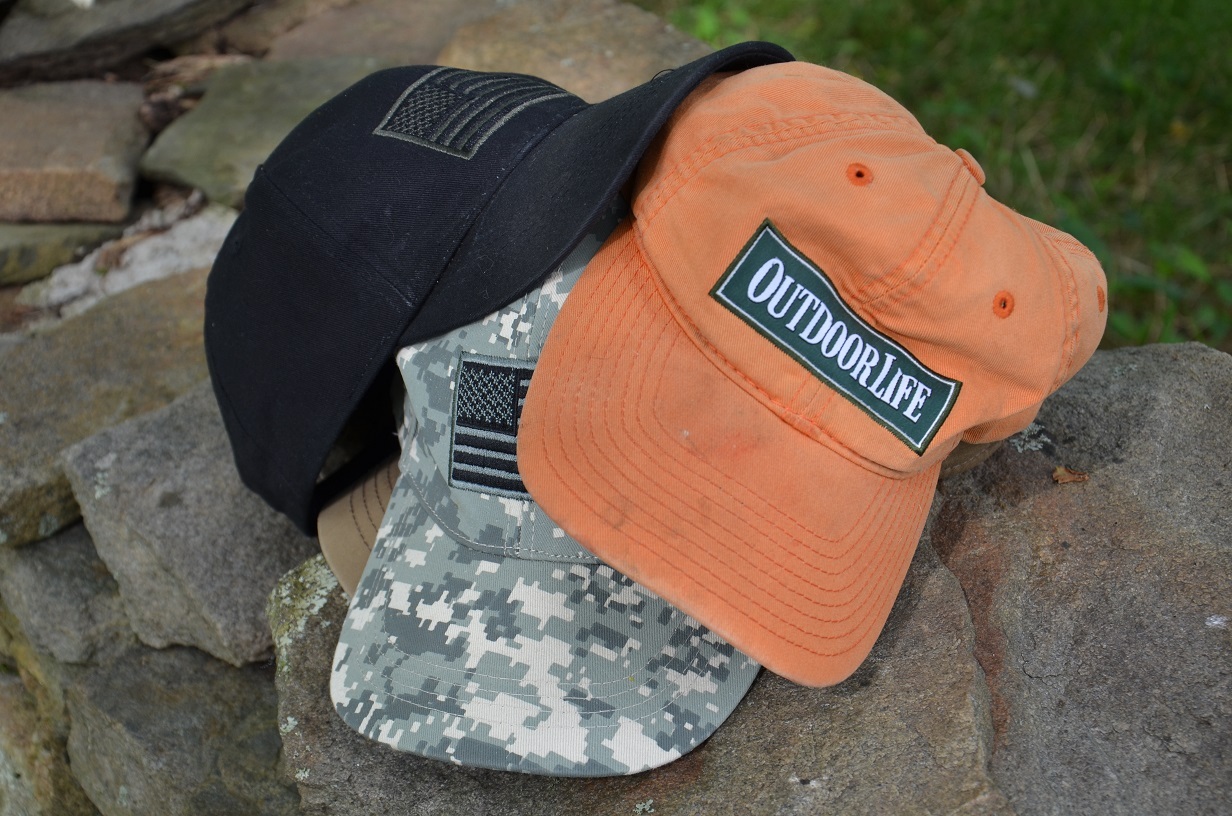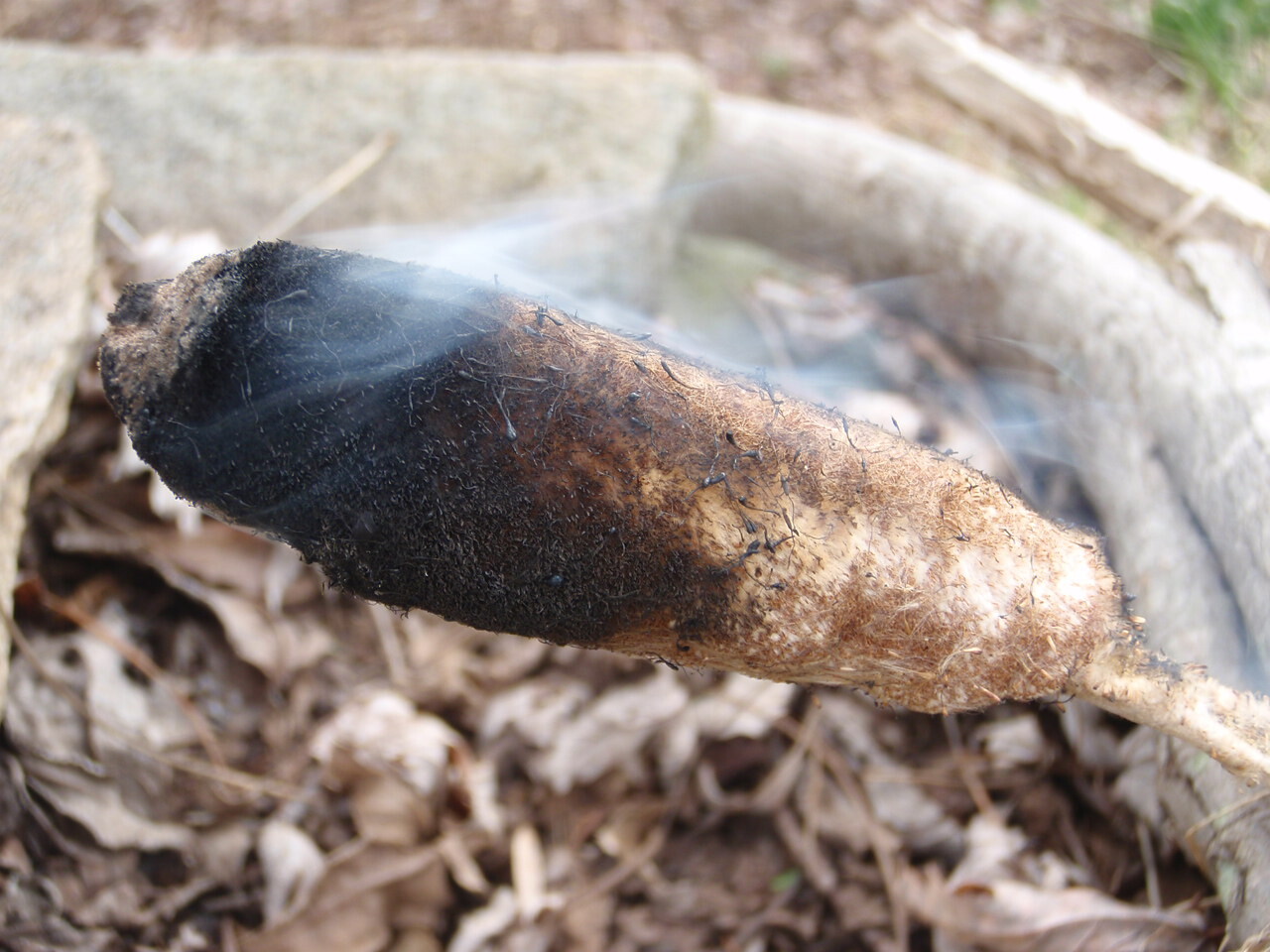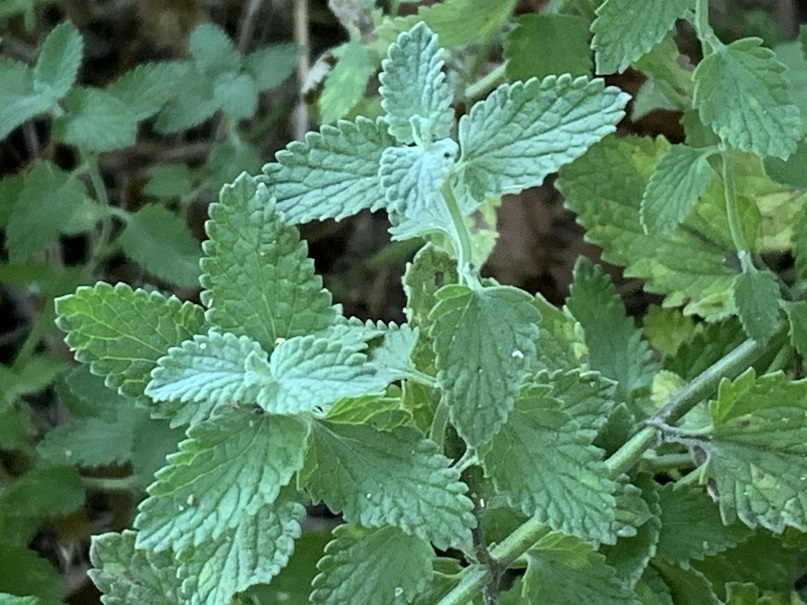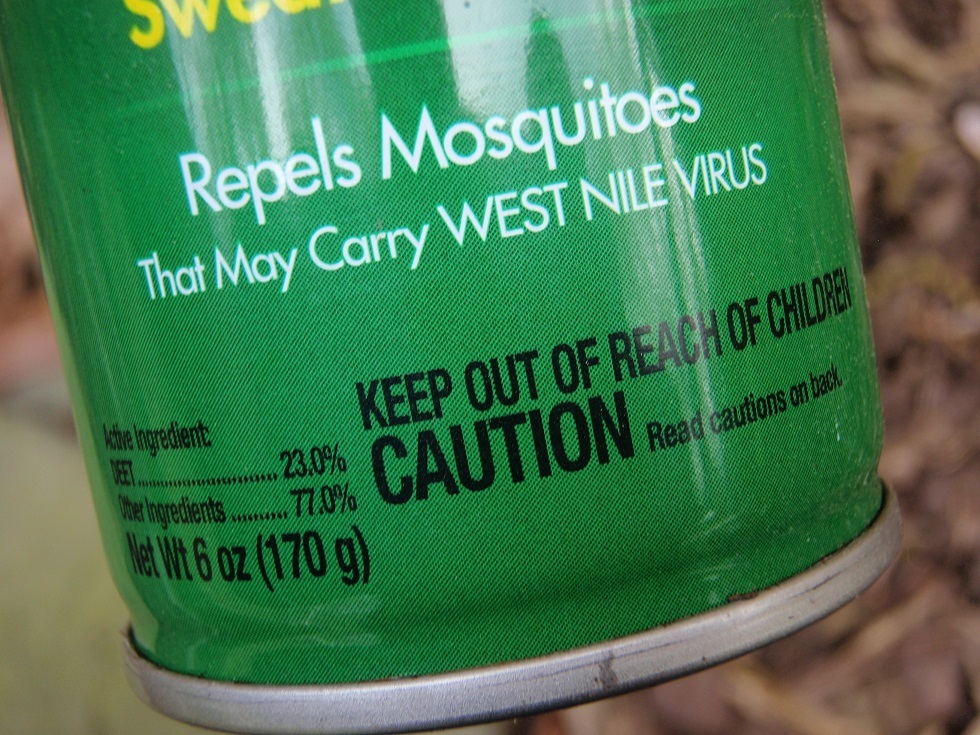We may earn revenue from the products available on this page and participate in affiliate programs. Learn More ›
Warmer weather means ideal conditions to get outside and enjoy a backcountry camping trip. But the very same temperatures can be prime time for annoying and disease-carrying pests to multiply. Mosquitoes, black flies, and ticks thrive in the same types of weather that’s great for fishing, scouting, or foraging. If you don’t want these pests to stop you from taking advantage of all the activities and opportunities that the backcountry offers, you have to be prepared.
So before you head out on your next camping trip, consider these eight strategies for beating the bugs.
1. Don’t Camp Near Water
That beautiful green campsite by the river certainly seems like a winner, but the soft grass can hide a nasty surprise: chiggers. The worst case of chiggers I ever had was a few years ago while teaching a class at a local park. We were set up in a grassy area next to a river. It was spring, which is the prime season for chigger larvae. The adults aren’t generally blood drinkers, but the babies need it to grow. I was bitten from my neck to my toes with a hundred or more bites, which itched like mad for two full weeks. The close proximity to water can also mean higher counts of mosquitos and biting flies. I prefer to stay away from the water’s edge when choosing campsites to reduce exposure to insect and arachnid pests. As a bonus, it’ll spare you the dampness that settles on your camp at night, too.
2. Dress the Part

To beat the bugs in warmer weather, it often helps to wear long pants. It may not seem like a comfort choice, since pants are hotter than shorts, but it’s a necessity to protect yourself from pests. You can take the protection one step further by tucking your pant cuffs into your socks. Sure, it’s a dorky look, but it does help to divert ticks and other creatures that would otherwise crawl up the inside of your pant legs. Loose long-sleeved shirts can also offer protection from bugs and keep the sun off your skin. Remember, it’s not about how you look, it’s about functionality, which acts as a defensive barrier. Don’t forget to bring a hat either. You can douse it with insect repellent or treat it with permethrin for long-lasting defense.
3. Use Permethrin for Insect Control
As a prescription cream, certain permethrin formulas can kill scabies (small mites that attach to human skin) and lice. As a diluted spray, other permethrin products can be used to treat your outdoor clothing for protection against insects and arthropods. You’ll want to follow the instructions precisely on permethrin, as it is toxic. With correct application, however, this product is safe to use and it’s supremely effective. Ticks and other crawling creatures will hustle away shortly after touching treated clothing. Just make sure you avoid getting permethrin directly on your skin. Let it dry before wearing the clothes or coming into contact with other fabric items.
4. Smoke Them Out

There’s a reason you see so many fisherman smoking cigars out on the water: the smoke keeps bugs away. But you’re not limited to cigars. Any other source of smoke can be helpful. Ironically, you can use something that naturally grows alongside the buggy waterways to drive the bugs back. A dry brown cattail seed head is more than just a good source of fluffy tinder for fire building. Intact cattail heads can be lit and placed in a fire-safe location to smolder, producing a bug-repelling smoke. This smoke will help the most in your battle against flying insects, like biting flies and mosquitos. Just remember that smoke is not as helpful against creeping and crawling pests, like ticks.
5. Rely on Plants That Are Natural Repellents

That can of bug repellent isn’t your only source for repelling insects. Most of our beloved wild places have some plant species that can offer a solution when the DEET runs dry. Just make sure you use a local plant field guide to ensure that you have one hundred percent positive identification for any plant you’re about to handle and grind all over your skin. Some common bug-repelling plants include catnip, paw paw, and wild onion. (Yes, we’re talking about the same catnip that makes your cat go insane.) The crushed leaves can help to deter flying bugs like gnats and mosquitoes. Wild onions can be used in the same way as an insect and arthropod repellent. Make sure they have the oniony scent, as some toxic lilies can resemble wild onions and garlic.
Finally, there is paw paw. This is one of your best choices. This native tree is frequently found alongside water and in the rich soil of floodplains and forests. The same tree that gives us a banana-like fruit will also give us a fine insect repellent when the tar-scented young leaves are crushed onto the skin.
6. Use Insect Repellent Frequently

It would be nice if you could spray yourself once with bug repellent and call it a day, but that isn’t the case. To stay safe from annoying and disease causing bites, I use a strong repellent and reapply it several times each day. Even products containing higher levels of DEET should be reapplied multiple times daily. I’ll spray my footwear first, then pull up my pant cuffs and spray my socks. Finally, I’ll spray my pant cuffs and any other clothing that makes sense. I spray low to avoid ticks and chiggers. I’ll also spray my shoulders to ward off flying pests.
7. Check for Ticks—Often
This one is a no-brainer, but one of the best ways to dodge tick bites and tick-borne diseases is to check yourself frequently for ticks. To make this easier, I’ll wear lighter colored pants and shirts, so I can better spot them if they are climbing up the outside of my garments. It’s also smart to check underneath your clothing several times each day. Constricting areas of clothing are the most common bite locations, so pay extra attention to the skin behind your knees, armpits, groin, and your waistband. If you do find a tick attached to you, don’t delay the tick removal. Grab the head with small tweezers and pull it straight out.
8. Throw Your Clothes in the Dryer at Home
When the camping trip is over, you aren’t automatically in the clear. Ticks and other creatures can sometimes follow us home. If I suspect a chigger encounter, I won’t throw my clothing into the washing machine or even the dirty clothes pile. I’ll strip as soon as I get in the house and toss all of my dirty clothing in the dryer. A few minutes on medium or high heat will desiccate and kill the thin-shelled larvae which are responsible for the itchy bite. Once the clothing has been heat treated, it can then be tossed into the hamper. Also, open up all your gear on the porch or patio to check for ticks and other unwelcome hitchhikers before you drag everything inside.
